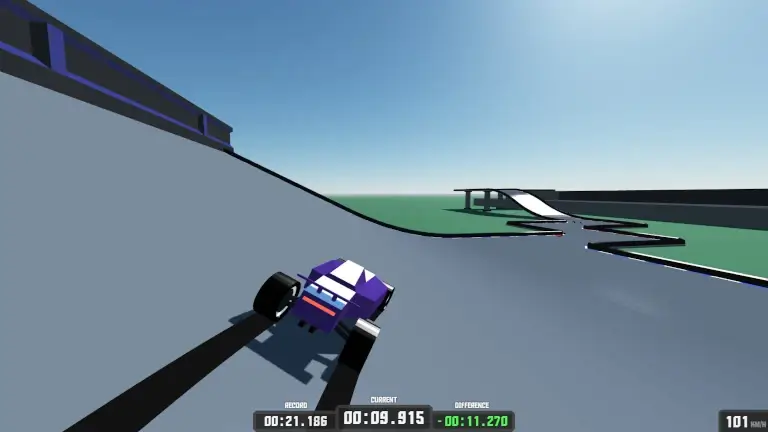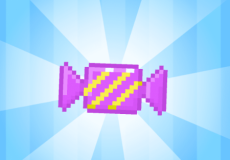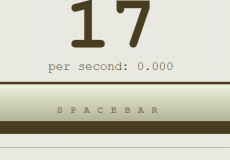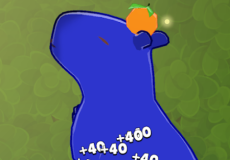

Clicker Games
Clicker games focus on repetitive actions where players generate resources by tapping or clicking. The core mechanic revolves around accumulating points, currency, or other in-game items, which can then be used to purchase upgrades. As progress is made, automation features unlock, allowing the game to continue generating resources even when the player is inactive. This creates a continuous cycle of upgrading and optimizing for faster progression.
Upgrades, Automation, and Strategy
While the gameplay starts with manual clicking, upgrades introduce new ways to increase efficiency. Players can invest in automated production, multipliers, or special boosts that enhance progression. Choosing the right upgrades at the right time affects the overall speed of advancement. Some games also introduce strategic elements, such as limited-time events or prestige systems that allow players to restart with bonuses.
Expanding Features and Customization
Many clicker games offer additional mechanics beyond simple tapping, such as mini-games, special achievements, and evolving storylines. Some introduce character progression, skill trees, or interactive events that add depth to the experience. The customization options let players adapt their playstyle, whether they prefer passive resource generation or active engagement.
Casual Gameplay with Long-Term Goals
Clicker games are designed to be accessible, allowing players to make progress at their own pace. Whether played in short bursts or left running in the background, they provide a sense of growth and achievement. The combination of simple mechanics, strategic upgrades, and long-term progression makes them appealing to a wide audience.







